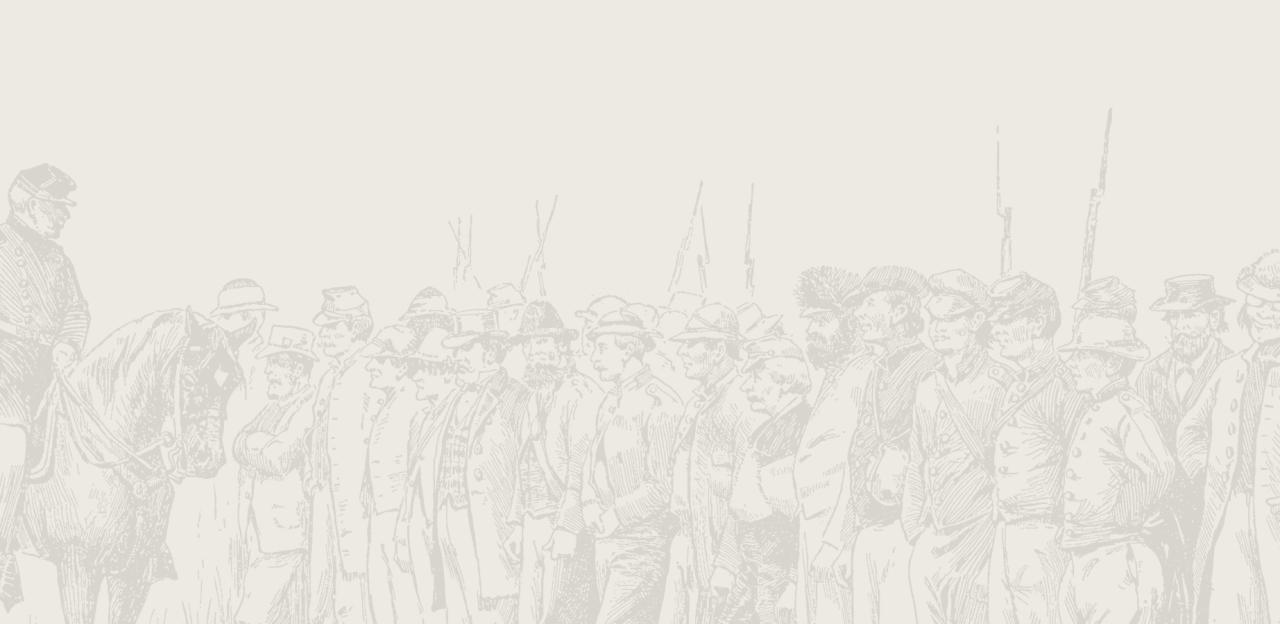Cedar Mountain

The Battle of Cedar Mountain
Slaughter's Mountain, Cedar Run
With the Peninsula Campaign coming to a close, Gen. Robert E. Lee sent 27,000 troops under Maj. Gens. Stonewall Jackson and A.P. Hill to attack Maj. Gen. John Pope’s new Federal Army of Virginia.
Hoping to draw attention away from Maj. Gen. George McClellan’s withdrawal from the Peninsula, John Pope moved to take the strategic rail junction at Gordonsville, Va. With Stonewall Jackson’s command moving towards Maj. Gen. Nathaniel Banks’s isolated division, Pope ordered Brig. Gen. Franz Sigel’s division to unite with Banks’s forces on high ground near Cedar Run, seven miles south of the town of Culpeper.
On August 9, Stonewall Jackson’s three divisions crossed the Rapidan River and approached Banks’s position. With the August temperatures soaring, the Confederates advanced their artillery to engage the Federal line. During the prolonged artillery duel, both Stonewall Jackson and Brig. Gen. Charles Winder participated in firing Confederate artillery pieces. Although it was called “the prettiest artillery duel ever witnessed during the war,” it had significant consequences when Charles Winder was struck by shell fragments around 5pm and died a few hours later. With few subordinates aware of Jackson’s battle plan, Winder’s loss produced a dangerous leadership vacuum just as a powerful Federal attack was beginning to unfold.
At roughly 5:00 p.m., Nathaniel Banks launched two attacks against the Confederate positions. One column of Federal troops moved against Confederate forces near the Cedars while a second force advanced against the Rebel guns placed near the Crittenden Gate - one of the most prominent landmarks on the battlefield. Pressed by the Union advance, the Confederate guns and much of their infantry support pulled back from their positions at the Gate. With defeat in the air, Stonewall Jackson rode into the center of the fighting and attempted to draw his sword that was rusted within its scabbard. Undaunted, Jackson waved a battle flag and his scabbard-encased sword over his head as he worked to rally his forces. Reinvigorated by Jackson’s bravery, the Confederates launched a counterattack that drove back the Union wave. Banks’s troops, exhausted and nearly out of ammunition, steadily gave way under the relentless Rebel pressure. Meanwhile, on the Confederate left, Jackson had urged Brig. Gen. Lawrence O"Bryan Branch’s regiments to advance on the Union line. Branch’s soldiers collapsed the Federal right, as Confederate Maj. Gen. Richard Ewell’s division drove back the left. By 7:00 p.m., the Union line was in full retreat. After a mile and a half pursuit of the Federals, Stonewall Jackson ordered a halt as night set in.
For two days after the battle, Jackson maintained his position south of Cedar Run, but the expected Federal counterattacks never came. Fearful of further setbacks, Union General-in-Chief Henry Halleck called off Pope’s advance on Gordonsville and surrendered the initiative to Lee and Jackson. With Pope now on the defensive, Robert E. Lee could unleash Jackson more broadly, and the 1862 Northern Virginia Campaign began in earnest.


